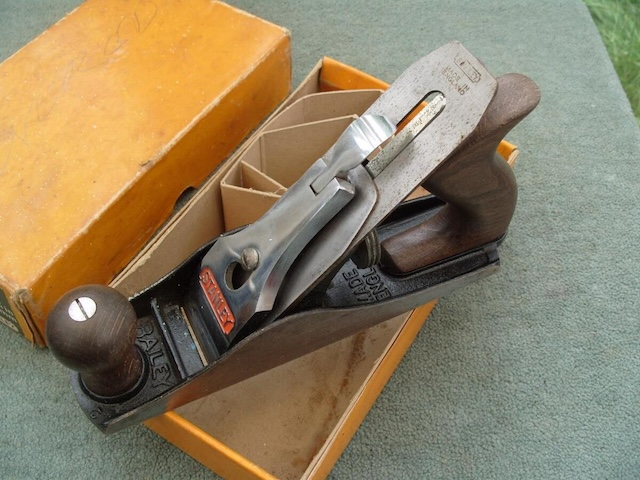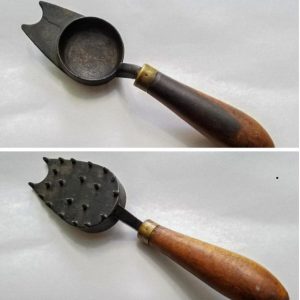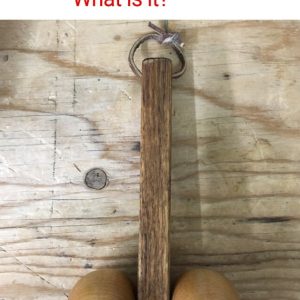If you’ve ever stumbled upon a heavy metal-and-wood tool at a flea market or in your grandfather’s shed, there’s a good chance it was a Stanley Smooth Wood Plane. At first glance, it might just look like a chunky relic, but beneath that simple appearance lies a deep history of precision, skill, and craftsmanship. This isn’t just an antique—it’s a legacy.
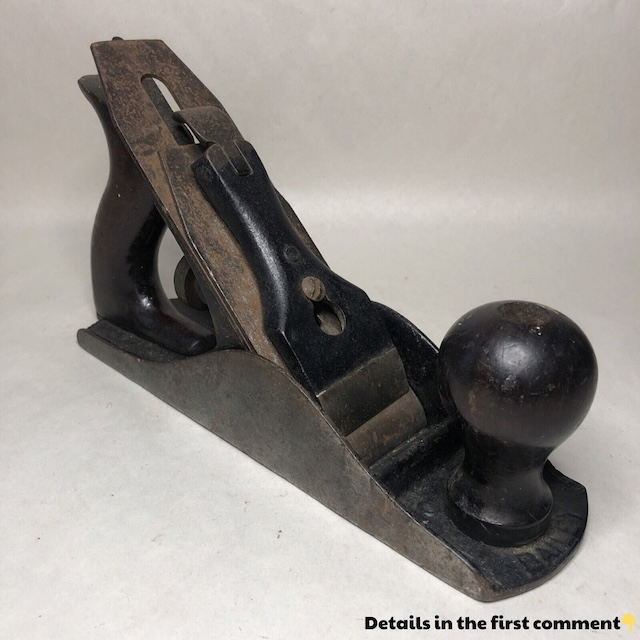
What Is the Stanley Smooth Wood Plane?
The Stanley Smooth Plane is a classic hand tool used to flatten, polish, and refine wooden surfaces. Long before electric sanders became the norm, this was the tool of choice for artisans and carpenters. Crafted from cast iron and finished with polished wooden handles, it was built to feel good in your hands—and last a lifetime.
This tool wasn’t flashy, but it was dependable. With a sharp blade and a heavy body, it helped shape everything from furniture and cabinetry to floorboards and picture frames. Its function was straightforward, but its results were anything but basic.
Video: Vintage Stanley Planes: Is older really better?
The Stanley Story: A Toolmaker’s Rise to Fame
Founded in 1843, the Stanley Rule & Level Company quickly gained a reputation for manufacturing precision tools. By the late 1800s, Stanley had become the go-to brand for woodworkers across America. Their smooth planes—especially the famous Stanley No. 4—became the industry standard.
The No. 4, in particular, was prized for its compact size and versatility. It was ideal for fine finishing work, whether on intricate joinery or broad surfaces. These tools were so well-made that many are still in use today—passed down through families like heirlooms.
How It Works: Simplicity Meets Skill
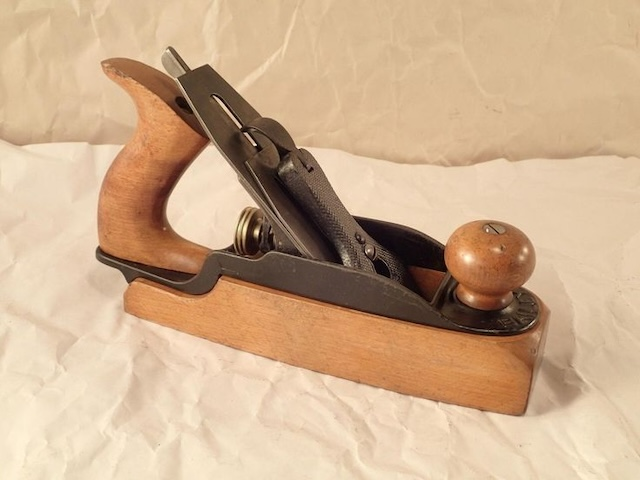
Operating a Stanley plane requires more finesse than force. First, the user adjusts the depth of the blade to control how much wood is shaved off with each pass. Then, holding it with both hands, they guide it along the grain of the wood. Done correctly, the result is a smooth, glass-like surface.
It sounds easy, but mastering it takes time. The angle, pressure, and grain direction all play a part. It’s this blend of technique and tactile feedback that made the tool so beloved by craftspeople.
Why It Was Essential for Generations
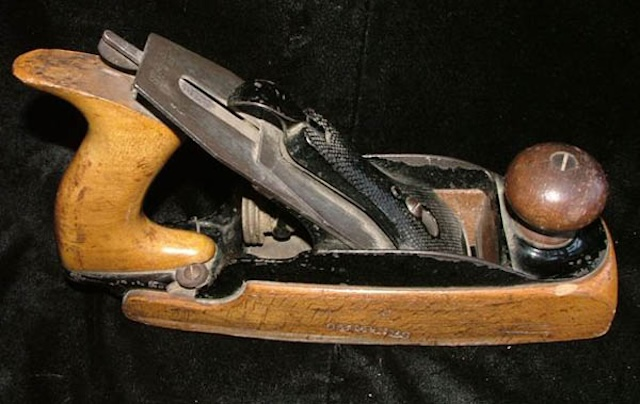
In an era before mass production and disposable materials, tools like the Stanley plane were invaluable. They allowed carpenters and craftsmen to create high-quality wooden pieces by hand—pieces that would last for decades.
In workshops, kitchens, and back sheds across the world, these planes helped shape the everyday objects we often take for granted. Whether it was a farmer building his own furniture or a professional cabinetmaker refining the edge of a fine tabletop, the Stanley plane was a key player in their toolbox.
From Workhorse to Collectible
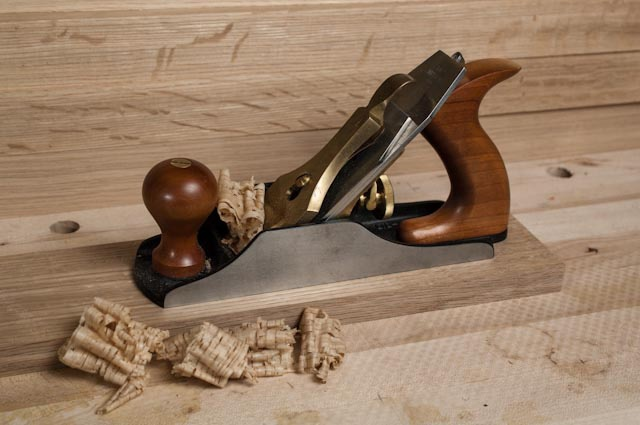
As machinery took over much of the manual labor, hand tools like the Stanley plane slowly faded from daily use. But they never disappeared entirely. Today, collectors, woodworkers, and vintage enthusiasts prize these tools not just for their function—but for their story.
Restoring an old Stanley plane is a popular hobby. It’s not unusual to find one with a rusty blade and worn handles being lovingly brought back to life. Once cleaned up, many are fully functional again—proof of the enduring quality of the original craftsmanship.
Stanley Planes in Art and Culture
Video: Every Stanley Bench Plane Explained
Interestingly, the Stanley plane has also found its way into the world of art. Marcel Duchamp, a pioneer of the Dada movement, famously elevated a bottle-drying rack (another everyday tool) into a sculpture. In a similar vein, the clean lines and functional design of the Stanley plane have been admired not just as a tool, but as a design object—minimal, purposeful, and beautiful in its simplicity.
Why It Still Matters Today
In today’s world of fast fashion and disposable goods, the Stanley Smooth Wood Plane stands as a reminder of a different era—one where quality mattered, and tools were built to last. It speaks to a time when people worked with their hands, took pride in craftsmanship, and invested in objects that could be used for life.
For those passionate about sustainability and craftsmanship, these tools are finding a new place in modern workshops. Many hobbyist woodworkers and even some professionals still use Stanley planes to this day—because sometimes, the old way is still the best way.
Conclusion: A Small Tool with a Big Legacy
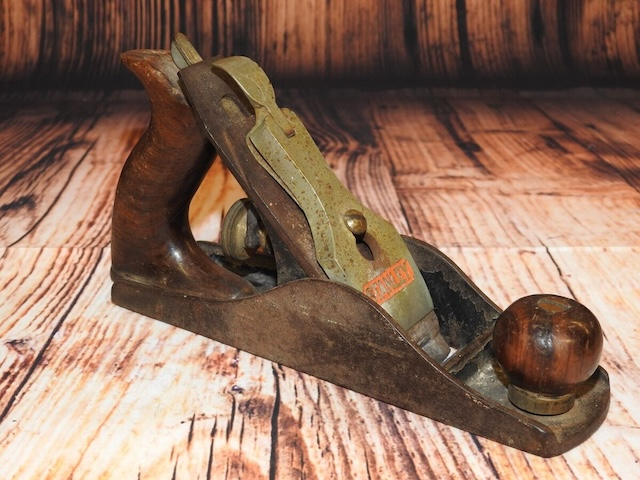
The Stanley Smooth Wood Plane is more than just a piece of metal with a blade—it’s a symbol of history, craft, and resilience. It helped shape the homes we live in, the furniture we use, and the pride generations took in their work.
Whether you’re a seasoned woodworker, a curious collector, or someone who just appreciates a well-made object, the Stanley plane is a beautiful reminder that even the simplest tools can have the richest stories.
So, the next time you see one at a flea market or buried in an old toolbox, take a closer look. You might just be holding a piece of history in your hands
